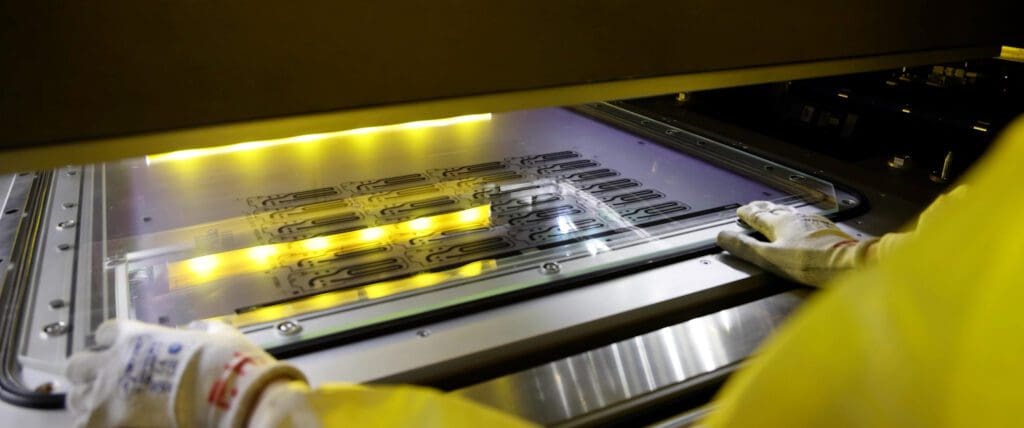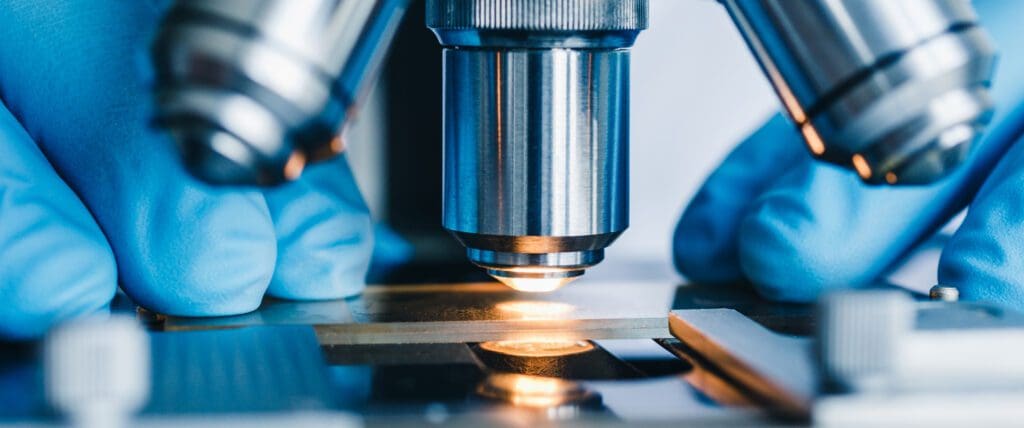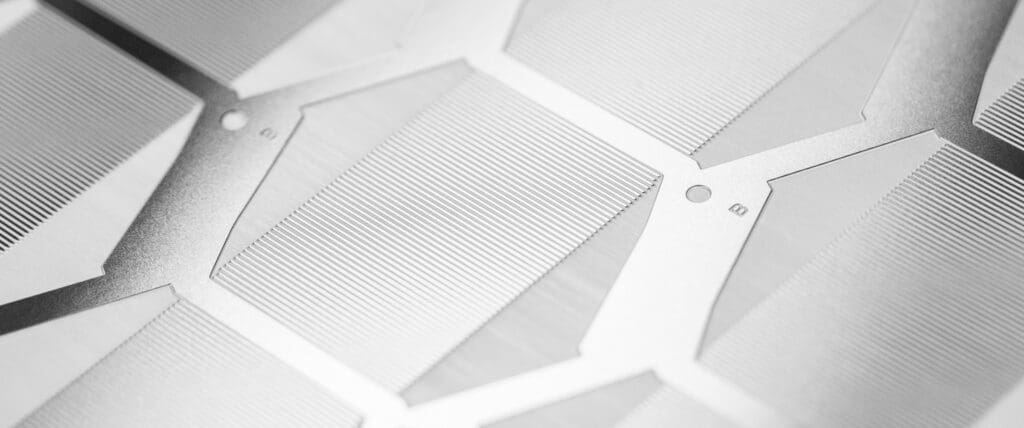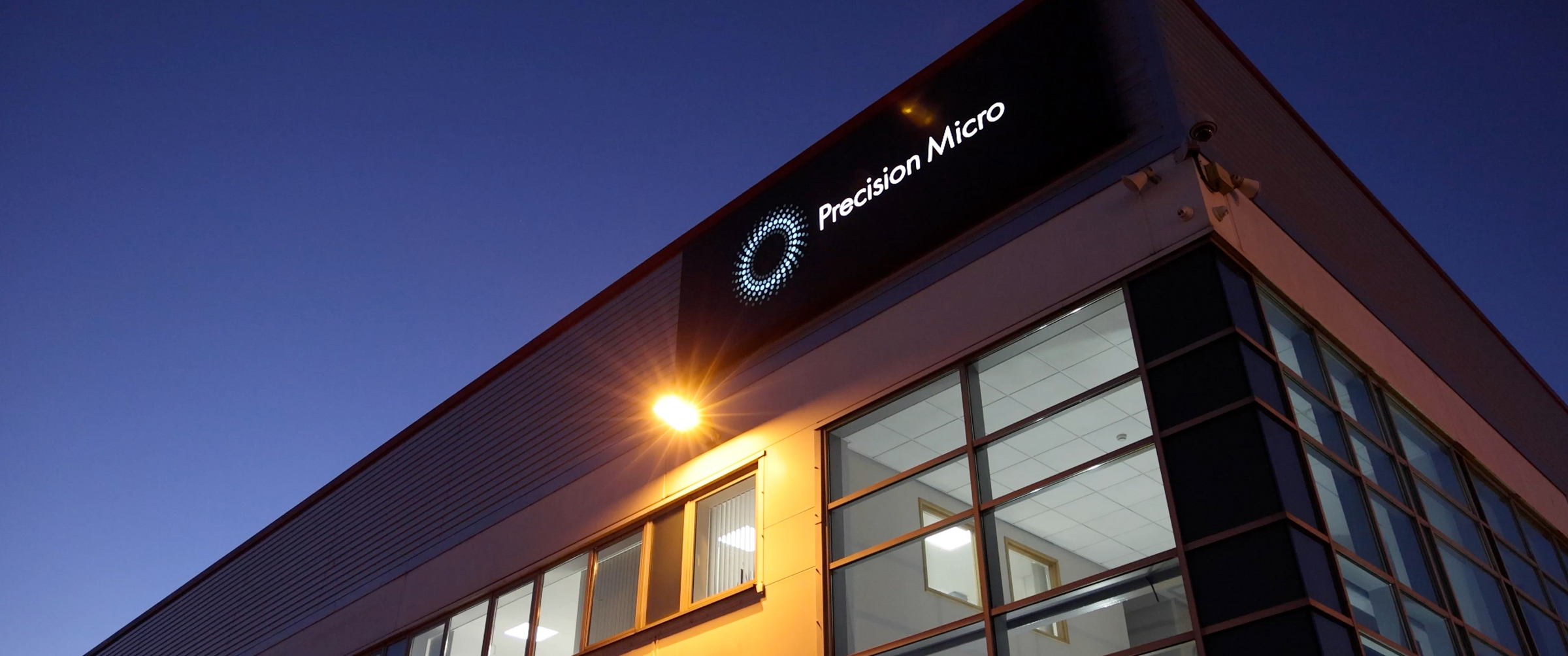Chemical etching aluminium for exacting industrial applications
Commonly misrepresented as a prototyping technology, chemical etching is, in fact, a versatile and increasingly sophisticated metal machining technology with an ability to mass manufacture complex and feature-rich metal parts and components.
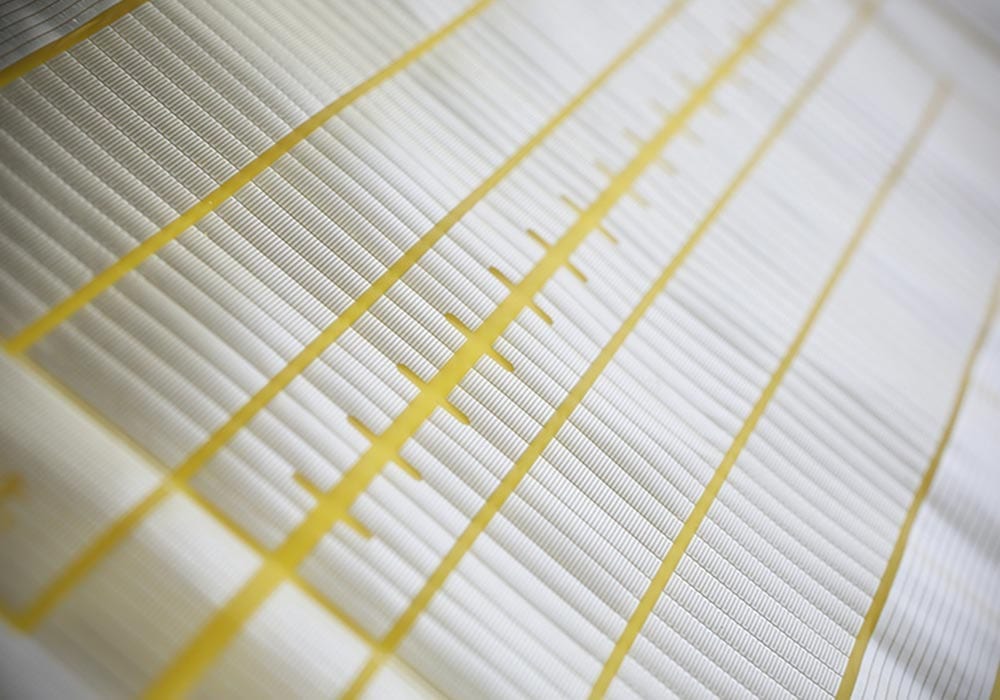
Using photoresist and etchants to chemically machine selected areas accurately, the process is characterised by retention of material properties, burr-free and stress-free parts with clean profiles and no heat-affected zones.
Coupled with the fact that chemical etching uses easily re-iterated and low-cost digital tooling, it provides a cost-effective, highly accurate, and speedy manufacturing alternative to traditional machining technologies such as stamping, laser and water-jet cutting.
What are the problems machining aluminium?
Many companies that have attempted to manufacture aluminium will be familiar with some issues working the metal such as its reflective nature (which makes laser cutting problematic), and the fact that it coats dies which makes punching unreliable. Aluminium is also known to be an excellent conductor of heat and electricity, as well as being corrosion resistant, both useful properties, but presenting challenges for manufacturers.
For example, aluminium in the chemical etching process reacts with the corrosive chemistry and becomes exothermic, releasing heat energy. This has a knock on effect to the efficiency and accuracy of the chemical etching process. The highly exothermic reaction of aluminium to the etching process can, in some instances, destroy the photoresist, creating a rough etch.
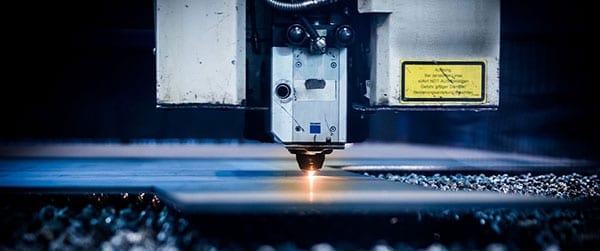
Effectively, the exothermic reaction causes the resist to pull away from the aluminium sheet, allowing the etchant to seep under it and compromise the etch. This leads to a rough, jagged, granular edge, a long way away from the smooth and straight etched profiles typical of the chemical etching process.
Successful aluminium etching
Due to the exceptional demand for aluminium in a variety of industrial applications, and the requirement for a machining process that is both repeatable, consistent, and overcomes such issues as those just highlighted with laser cutting and punching, Precision Micro has invested considerable resource on lamination equipment to improve the adhesion of the resist to the aluminium.
In addition, the company has utilised its 5-decade experience of chemical etching to refine and adjust the concentrations of the corrosive chemistry used on aluminium. Such adaptations of chemistry have been combined with process speed adjustment and temperature control. All these factors are inter-related, so the optimisation of the process is a balancing act, success based on considerable expertise honed over many years and numerous projects.
Case studies
Air intake grilles
Through the reconfiguration of machines, chemistry and process parameters, Precision Micro has been involved in countless successful projects involving chemical etching of aluminium. One such was work undertaken for a leading helicopter manufacturer that involved the etching of aluminium air intake grilles.
This was a not a mass volume project by any means, and parts were certainly not as feature rich as many that Precision Micro works with (chemical etching typically being associated with high volume runs of complex parts). However, etching was the chosen manufacturing process as other alternative technologies introduced stress into the components.
As this was an aerospace application, weight was a key factor, so the client demanded the use of aluminium due to inherent weight savings, and the project was successfully completed due to Precision Micro’s combination of chemistry, process and machine adaptations.
Aircraft dehumidifier plates
In another aerospace application, Precision Micro successfully applied similar techniques to the manufacture of numerous different aluminium parts that made up a dehumidifier used in aircraft cabins. For this application, aluminium was used for a variety of reasons, key among which was its low weight, but also its thermal characteristics.
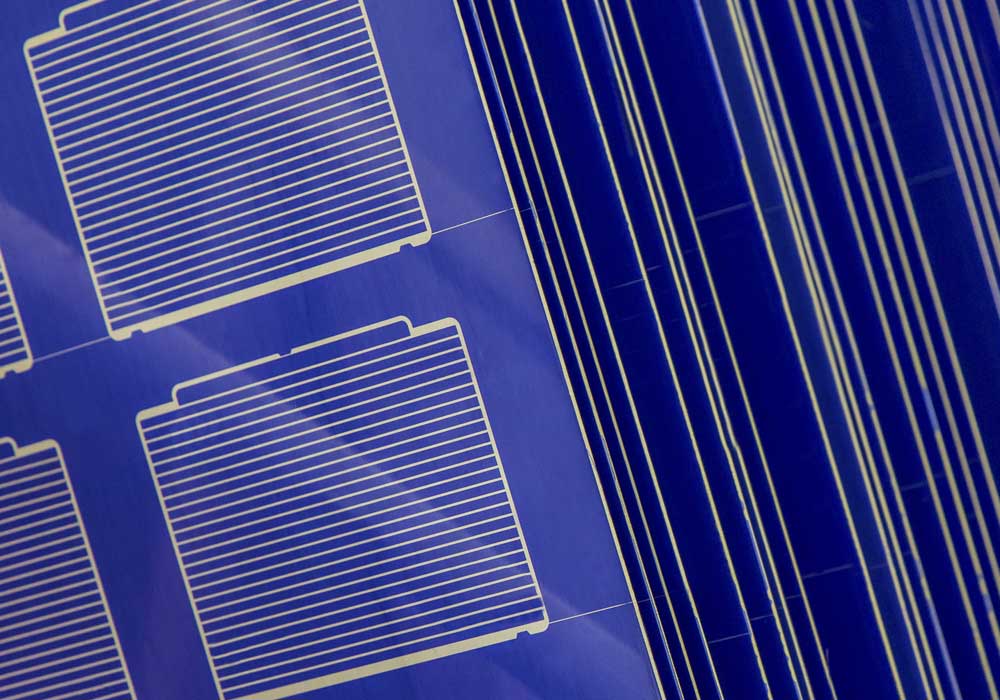
Precision Micro produced etched channels and precision apertures in many of these parts, chemical etching being the manufacturing process of choice as stamping would have been prohibitively expensive due to the need for 36 different stamping tools. In addition, stamping would not have been able to achieve the necessary cross section of the profiles which were essential to achieve the flow and thermal profile specified.
Also, chemical etching meant that there were no re-cast layers which are typical of some machining processes such as EDM.
Chemical Etching Whitepaper
Learn how chemical etching can overcome the limitations of traditional sheet metal machining technologies.
Download